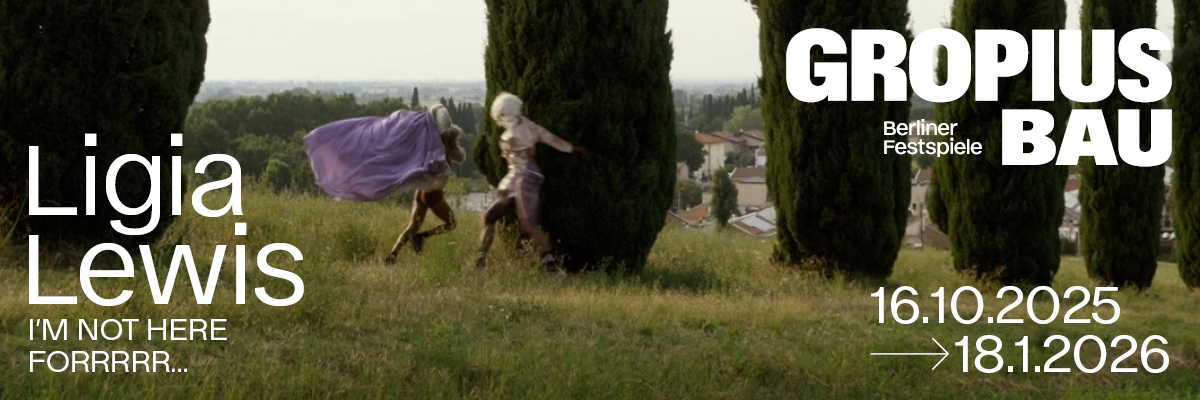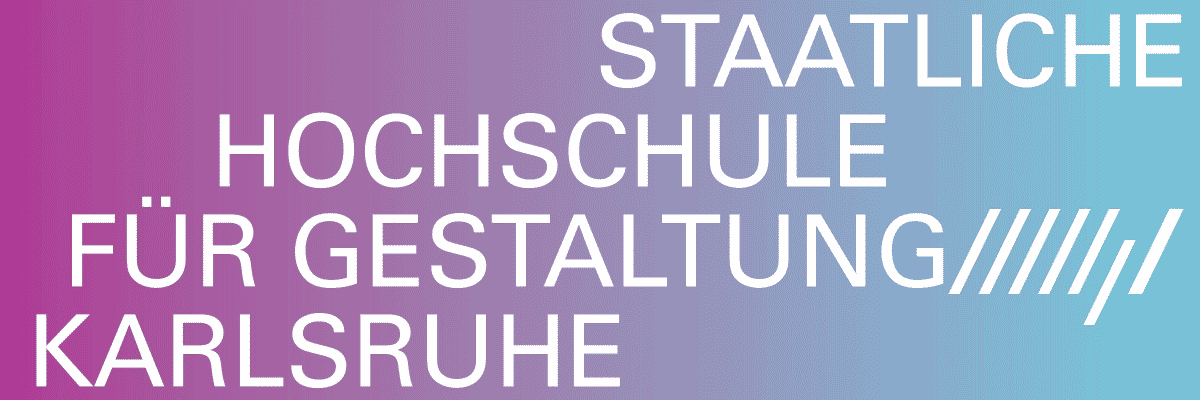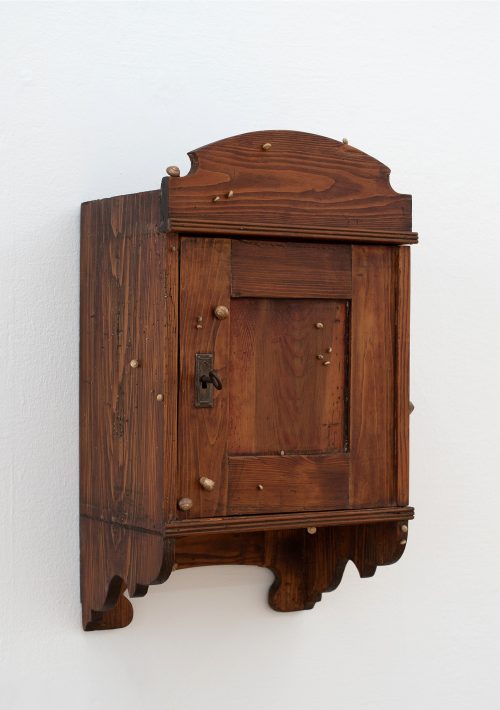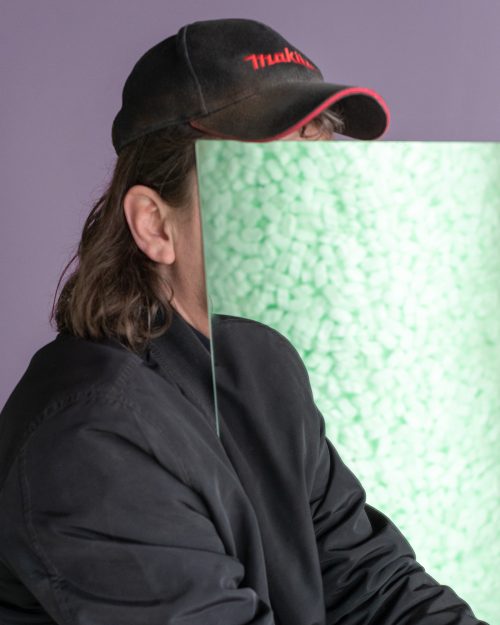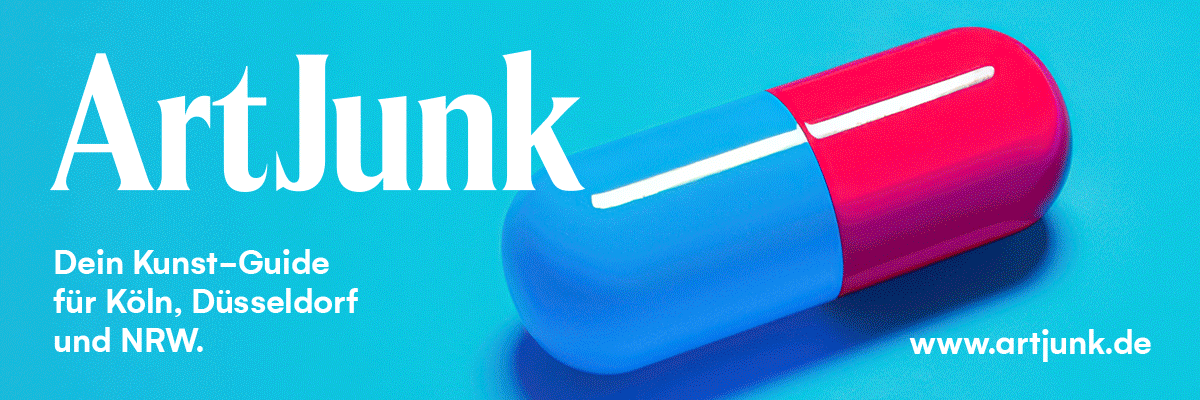
Nina Paszkowski
URGE

Installation view of URGE by Nina Paszkowski at zqm, Berlin, 2025
Advertisement

Installation view of URGE by Nina Paszkowski at zqm, Berlin, 2025

Installation view of URGE by Nina Paszkowski at zqm, Berlin, 2025

Installation view of URGE by Nina Paszkowski at zqm, Berlin, 2025

Installation view of URGE by Nina Paszkowski at zqm, Berlin, 2025

Installation view of URGE by Nina Paszkowski at zqm, Berlin, 2025

Installation view of URGE by Nina Paszkowski at zqm, Berlin, 2025

Installation view of URGE by Nina Paszkowski at zqm, Berlin, 2025

Installation view of URGE by Nina Paszkowski at zqm, Berlin, 2025

Installation view of URGE by Nina Paszkowski at zqm, Berlin, 2025

Installation view of URGE by Nina Paszkowski at zqm, Berlin, 2025

Detail of URGE by Nina Paszkowski at zqm, Berlin, 2025

Detail of URGE by Nina Paszkowski at zqm, Berlin, 2025

Detail of URGE by Nina Paszkowski at zqm, Berlin, 2025

Detail of URGE by Nina Paszkowski at zqm, Berlin, 2025

Detail of URGE by Nina Paszkowski at zqm, Berlin, 2025

Detail of URGE by Nina Paszkowski at zqm, Berlin, 2025

Detail of URGE by Nina Paszkowski at zqm, Berlin, 2025

Detail of URGE by Nina Paszkowski at zqm, Berlin, 2025
Arms, legs, branches and bodies in sienna and indigo crawl and sprawl across white surfaces,
flowing and dripping onto the floor. They overgrow the walls, emerging from the two-dimensionality of
the paper they are made of, and seem to move – even breathe. The room has changed. What was
once an empty, windowless, white cube, illuminated by clinical light, is now a place inhabited by an
organic network of entities.
However, the seemingly uncontrolled proliferation in the exhibition space is the result of precise,
almost surgical work by the artist's scalpel. Nina Paszkowski acts as a gardener, bringing structure to
the seemingly organic chaos of colour and shape by removing the excess paper. The result is the
product of Paszkowski's intensive exploration of her own body and mind.
Together with performance artist Céline Bellut, she explores her own emotions, desires and impulses
with the help of the self-awareness practice of Authentic Movement¹ and translates them into
drawings through movement. She creates these drawings during several performance sessions
directly on the walls of the room, which she has previously covered completely with sheets of paper,
right down to the floor. When executing the movements, at times she focuses on individual parts of
the body, at other times on the body as a whole, intuitively deciding whether to give in to the urge to
move or to act contrary to it. By documenting the movements within the space, veritable centres of
infection develop, from which forms and figures begin to grow. The following session with ink
solidifies these within the space and allows the growths to become chronic. Nina Paszkowski uses
orange and blue tones reminiscent of illustrations in anatomical drawings – such as in Henry Gray's
Anatomy of the Human Body², in which the blood vessels are depicted in red or blue, depending on
whether they contain oxygen-rich or oxygen-poor blood. The ink becomes arteries and veins that
spread across the white sheets of paper. They form shapes that vary between physicality and
abstraction. Objectivity is replaced by abstraction.
The work is based on urge: the urge for art as self-awareness, the artistic urge to create as such, the
urge to add and cut away, but also the urge to play the game of yielding and resisting. This intense
process, resembling birth and turning the inner world to the outside, is not only symbolically
visualised through the artist's finished cut-outs, but also through the experience in the exhibition
space. Colours and shapes surround the viewers, reaching down to their feet and demanding a
fusion of the individual and the work. Every glance leads to a new discovery
artist, but also through the experience in the exhibition space. Colours and shapes surround the
viewer, reaching down to their feet and literally inviting a fusion between person and work. Every
glance reveals something new – familiar shapes, unsettling moments. And so one's own thoughts
also spread through the mind in various waves.
Like a mycelium of feelings, movements and impulses, Paszkowski's work permeates space and
people – a living tissue that is both vegetatively proliferating and anatomically precise.
______
1 A form of movement -based therapy and awareness practice developed by dance therapist Mary Starks Whitehouse (1911-1979) and later by her student Janet Adler (1941-2023).
2 First published in 1858 under the title ‘Gray's Anatomy: Descriptive and Surgical’, it is still considered the standard guide to anatomy today.
Jana Jarzembowski
